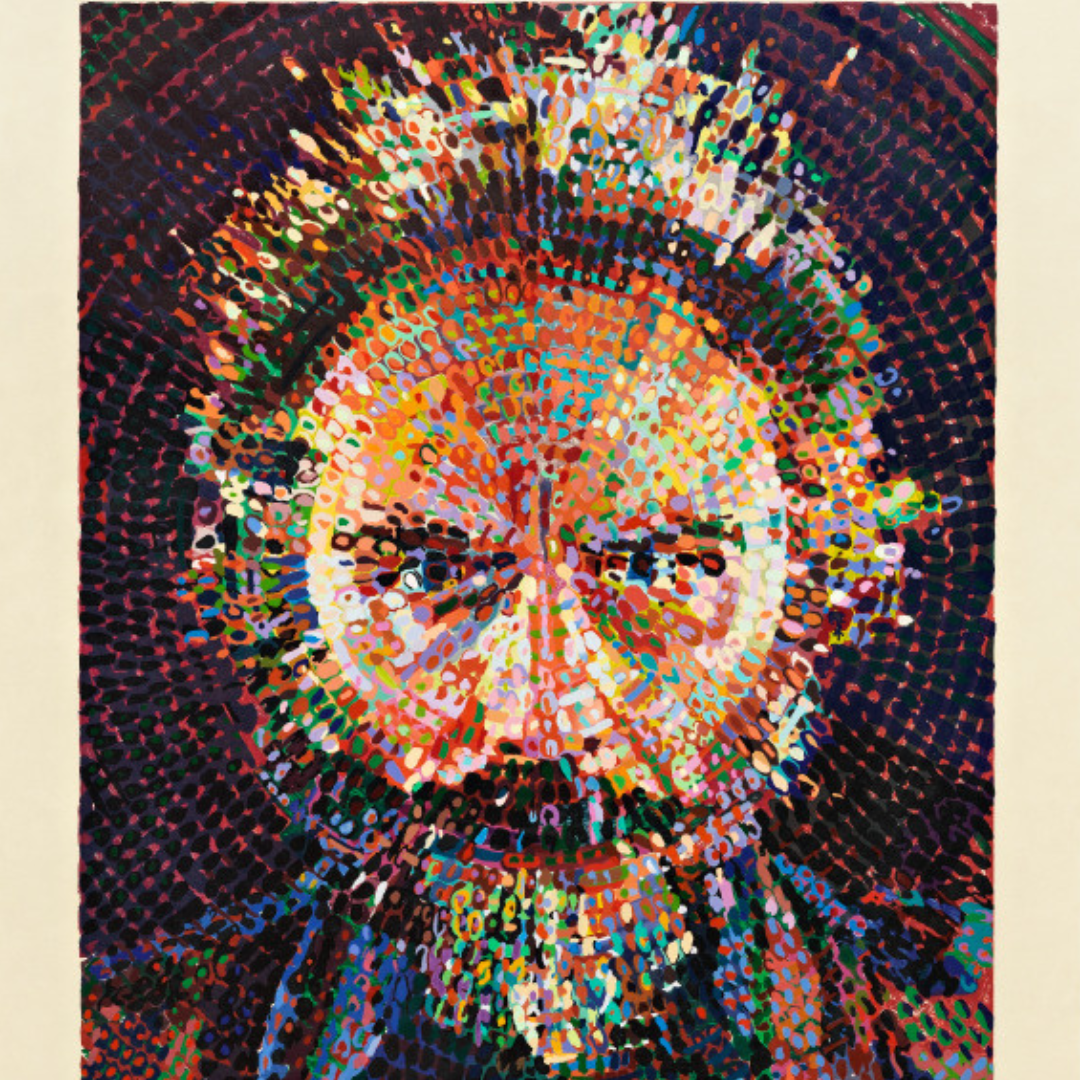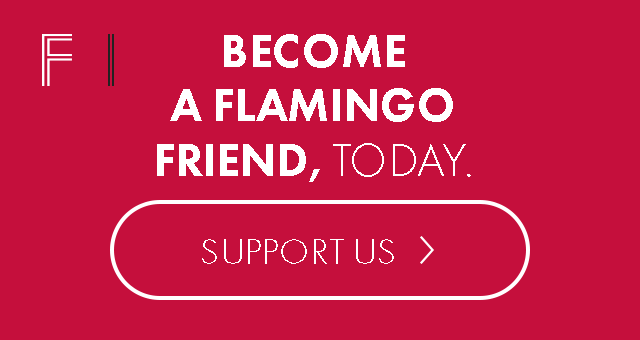by Carrie Honaker | December 2, 2024
How Mary Ellen DiMauro Transforms Vintage Into Vogue
Mary Ellen DiMauro takes treasured heirlooms and crafts them into stylish, wearable art.
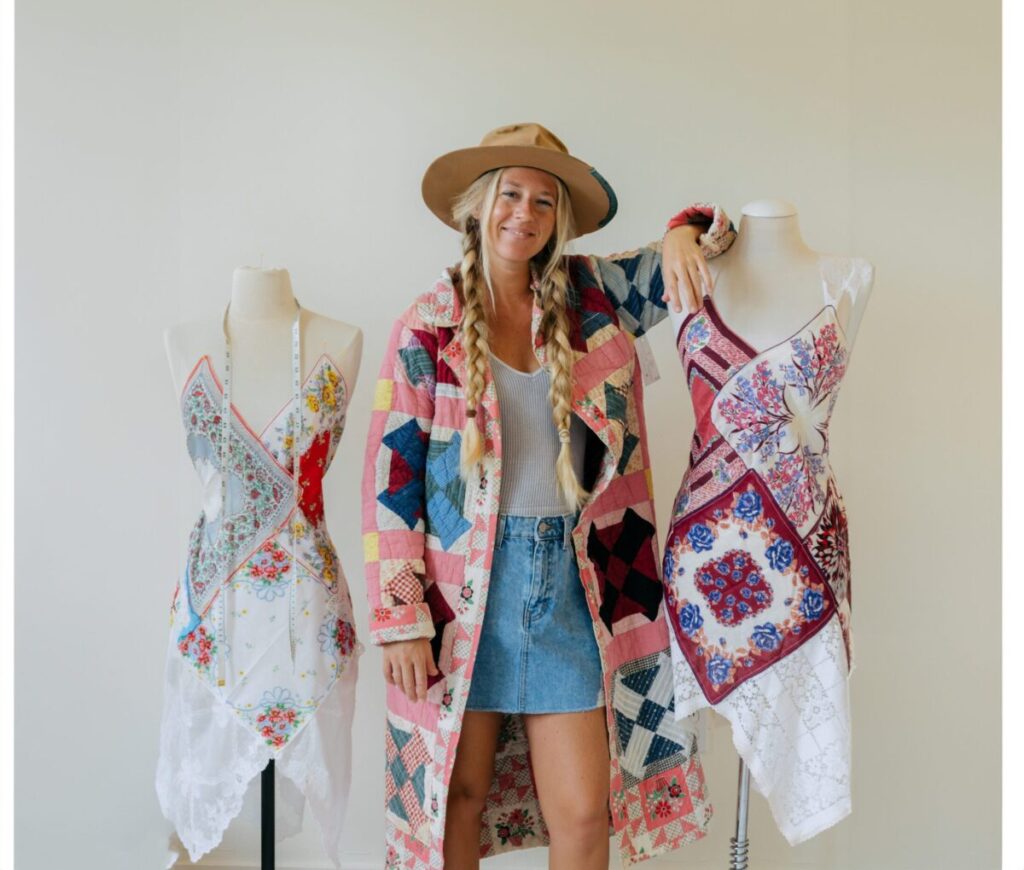
Beams of morning light slice through the concrete dust hanging in the air inside Mary Ellen DiMauro’s soon-to-be storefront when a soft rap on the door draws her attention. Amy Owens, a repeat customer and the artist who told her about the space, eagerly holds up an antique dresser scarf. DiMauro, clad in one of her own tops fashioned from vintage towels, meets her outside the shop and away from the construction noise inside.
Owens spreads the fabric out so DiMauro can see the intricately embroidered bluebirds tying a ribbon of pink flowers and delicate lace trim. “I call my daughter little bird and thought you could make something from this I could wear,” Owens says.
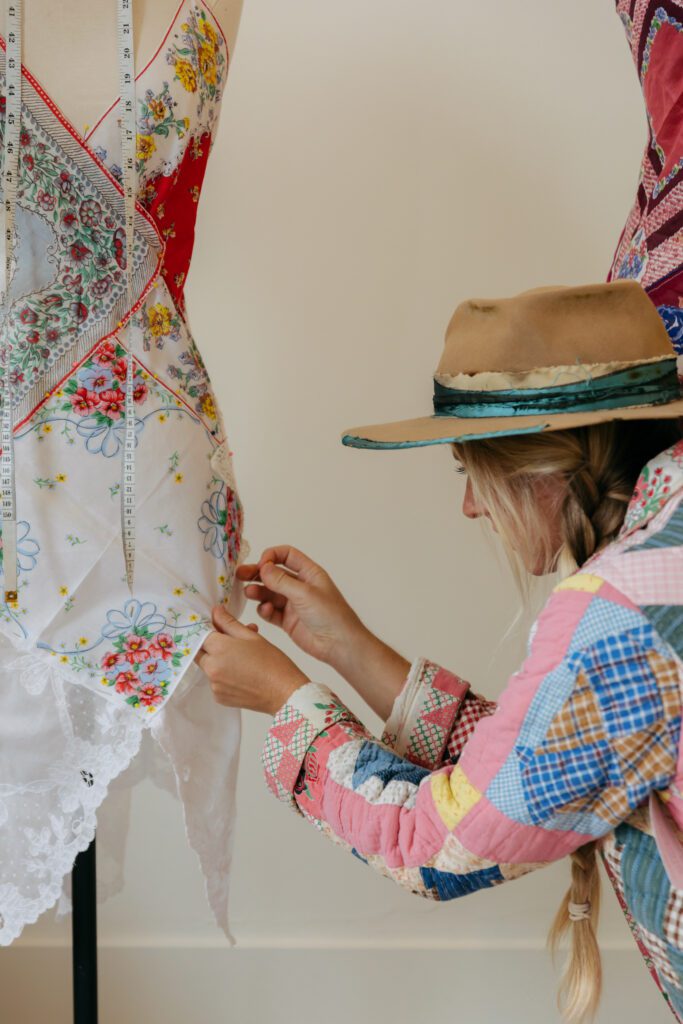
DiMauro examines the treasured dresser scarf and begins drafting ideas aloud right there on the sidewalk as Owens scrolls through images on her phone of tops made from antique doilies, handkerchiefs and tablecloths.
“I trust you to make something beautiful,” Owens says.
DiMauro grew up in Athens, Georgia, dreaming of making art at the beach as she ran around her neighborhood pool houses foraging Capri Sun pouches to craft into purses. When she was 10, her grandmother gave her a sewing machine for Christmas—19 years later, she practices the craft her Mimi taught her while living her dream on the Emerald Coast of Florida.
Inside the shop, an antique hand-carved mirror made in India and found in New Orleans leans against the back wall, waiting to become the focal point of the try-on space. Industrial plumbing pipe will become racks to hang her vintage quilt collection, destined to become coats and apparel like her upcycled denim line and reversible kimonos. A collection of ’40s vintage handkerchiefs, waiting to be patchworked into dresses with angled hemlines and straps crafted from vintage lace, pile high near where she will install her sewing machine.
“I’m a people person. I have so many customers online that I’ve never met,” she says. “With the increasingly mass-produced world today, people want to see the person making their clothes, know they can entrust their tablecloth passed down through the family and their quilt honoring their grandmother’s memory. And the old soul in me never wants brick-and-mortar to die.”
Whatever piece I find tells me what it wants to be.
—Mary Ellen DiMauro
As the pandemic raged and everything shut down, DiMauro took a year off from her business, designing and sewing dresses and jumpsuits made from sustainable deadstock fabric and sold on Instagram, to travel to Costa Rica and think about her creative process. “I saw the Earth healing. Water became clean again because factories closed down. I worked with deadstock gauze silk, but I felt a need to operate even more sustainably after witnessing nature rebound,” she says.
When she returned from the trip, a friend gave her an old quilt. She looked at the quilt and could see the jacket she could make. With some scraps, she fashioned a bucket hat. People clamored on Instagram to buy both pieces, and she knew she had something. Now, she scours estate sales, thrift shops and eBay looking for treasure in the form of vintage tablecloths, handkerchiefs and, most recently, brightly-colored towels from the ’60s and ’70s.
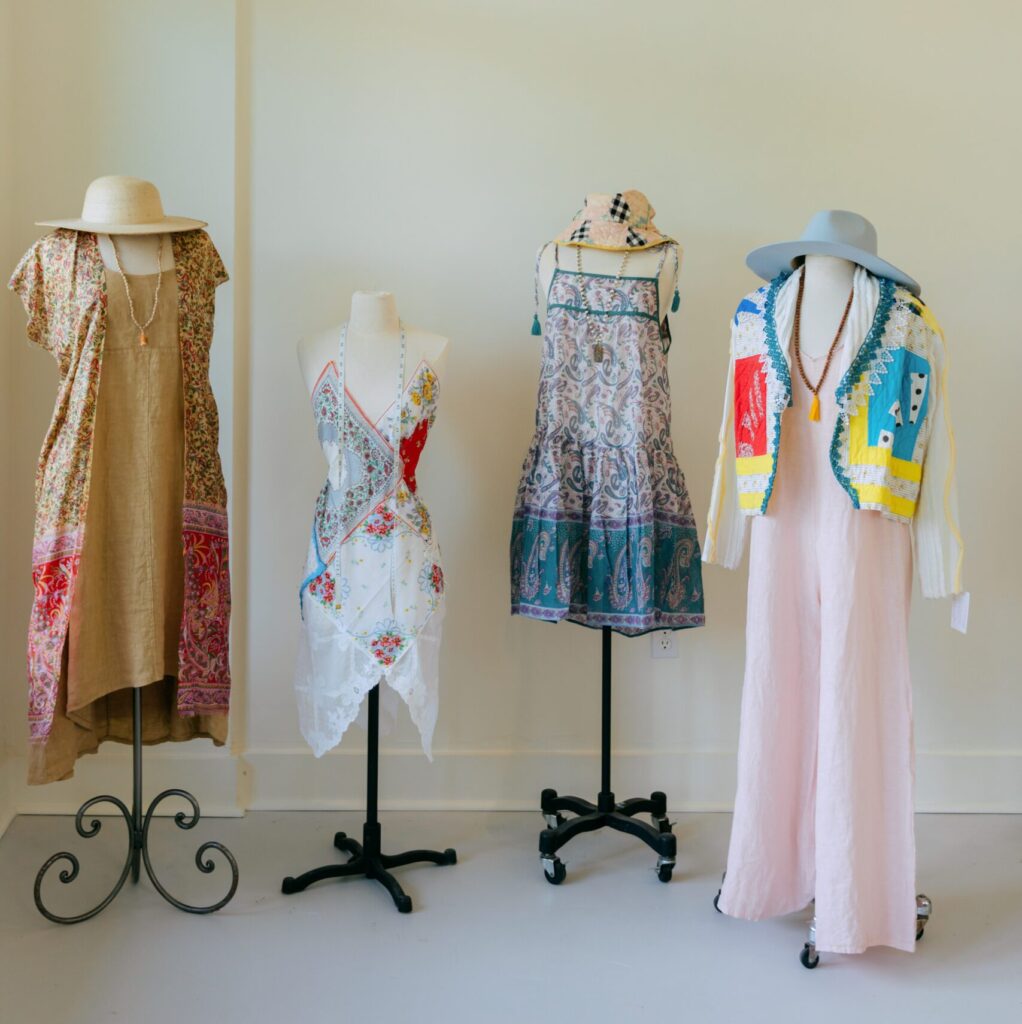
But the most special pieces come from family members looking to memorialize their loved ones or preserve precious memories in fabric. Her eyes shine as she talks about a recent commission where she lovingly made a grandmother’s quilts into coats for her daughter and granddaughters to wear at her celebration of life ceremony.
“These were handmade pieces I had the honor of remaking into something that reminds them of her every time they put them on,” DiMauro says.
When her dream storefront opened on 30A in Santa Rosa Beach in August, she featured the works of other makers, with local art hanging on the dove-colored walls and a variety of sustainable clothing lines populating the built-in shelves. A future collaboration with local artist Juli Stever includes a project fusing lace from DiMauro into Stever’s handmade coffee mugs, bowls and soap dishes.
Today, she sources completely from previously owned fabrics and garments, breathing new life into something once loved but discarded. She adds, “Whatever piece I find tells me what it wants to be.”


